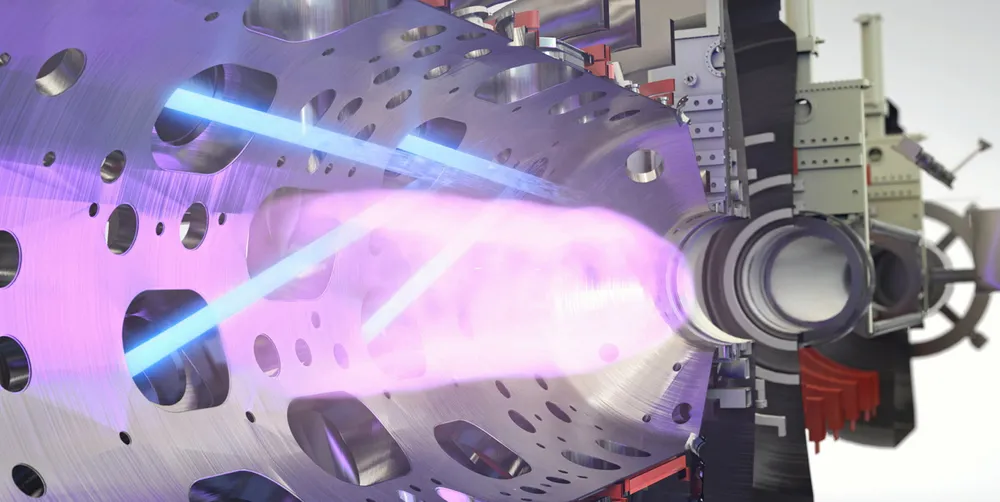Nuclear fusion 'valley of death' warning as world-changing energy hunts new capital
Sector's pioneers need new types of investor to bring cutting-edge technologies to market, says industry body as it reports funding growth halved since last year

The world’s nuclear fusion pioneers may be chasing the prize of limitless clean energy on tap but they will need to find new sources of capital to bridge a funding “valley of death”, said the head of its industry body after reporting that investment growth shrank by half last year.
The Fusion Industry Association (FIA), which claims to represent the vast majority of businesses active in the cutting-edge sector, said 44 fusion companies covered in its annual survey have now attracted a total $6.2bn in investment, an uptick of $1.4bn on 2022’s figure.
That was a fall of 50% on the $2.8bn funding growth tallied last year, however, with the FIA’s latest 2023 report noting an absence of the ‘blockbuster’ deals that pushed up last year’s total and instead a broader spread of smaller investments.
FIA CEO Andrew Holland said: “In the last two years, traditional venture capital investors have grown comfortable investing in fusion, but the amount of investment they can make might be limited to the 'Seed' or 'Series A' investments that characterised many of the rounds announced in this report.
“To support the continued growth of the industry, companies will have to find a way to bridge a possible ‘valley of death’ by bringing new investors with different pools of capital.”
Grid power by 2030
Despite the “challenging” investment environment characterised by inflation and interest rate rises, the FIA reported an industry more confident of its ability to play an early role in the energy transition.
Four companies believe they will be in a position to deliver power to the grid by 2030, and 19 by 2035, said the FIA, while 13 new firms joined the race since last year’s report.
Holland said: “Beyond private investment, it is also notable that we are seeing an increase in public-private partnerships, and an emerging regulatory framework for fusion, which will de-risk future investments. This shows that governments are beginning to plan for fusion energy and a sure sign of a maturing industry. This all comes as companies report they are increasingly confident of hitting their ambitious milestones.”
(Copyright)Nuclear fusion - star power on earth
Nuclear fusion energy aims to harness the same reactions that power the sun to produce unlimited, on-demand, clean energy.
The process involves changing a gas to a plasma at temperatures of tens of millions of degrees, often aided by superconducting magnets, to create collisions between hydrogen atoms, tapping the energy that’s produced.
Unlike its close cousin nuclear fission – basis of the current global nuclear industry, which relies on splitting rather than combining atoms – fusion is said by scientists to present no risk of the sort of runaway reaction that led to the Chernobyl disaster.
And while it is not waste-free, the by-products are said to be low and short-lived compared to fission, and much more easily manageable.